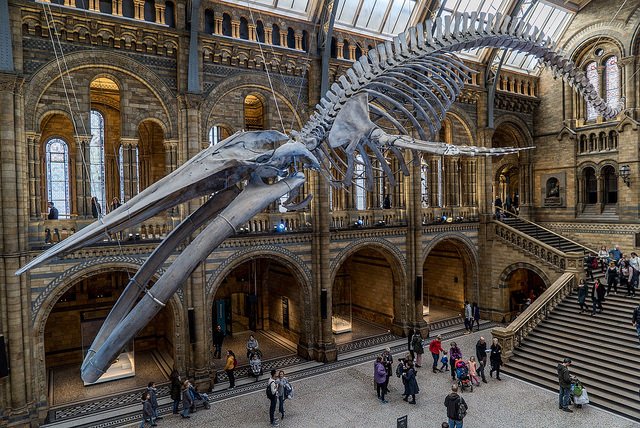Since the beginning of the 19th century if not prior archaeologists have dedicated their time studying human activity across the centuries. It is through the recovery and analysis of material culture that we have come to find the usefulness of ‘the medium as the message’.
Artifacts and antiquities can be seen as the actual ‘living proof’ of cultures that have come across the course of history. These objects pre-dating different historical contexts and social climates provide tangible links into our human history whilst also offering clues into the social, economic and cultural environment of the time.
Why is Archaeology important?
- To understand history and origins and social contexts
- As an attempt to make the world and the human experience more tangible/ comprehensive
- To learn the practices and behavioural customs of different times/different people
- To bring into focus the context of the time
What we see preserved in museums today could very well be applied to McLuhan’s idea of the formalist theory. In which the form, in its most literal sense ; a signifier acts as the primary and greater message between the medium and its actual written message. This very idea may reveal why there’s a continued interest in archaeological study. Historical relics are often restored and visually displayed as rather informative, concrete and as physical evidence of different practices and customs across time.
McLuhan suggests that for this reason mediums like these should therefore be seen as extensions of culture that help contribute towards the collective human experience. Whilst some may argue that the medium is perhaps not the most important part of the message and only the carrier it is important that we consider the form of the medium as an abstract form of communication in itself. In their book ‘Understanding Interactions at Science Centres and Museums : Approaching Sociocultural Perspectives’ Eva Davidsson and Anders Jakobsson draw upon McLuhan’s theory of the medium as a possible way of mediating and understanding visitor meaning making.
”How then does the message and medium play out in the context of an exhibition?”
”What meaning do visitors ascribe to their experiences?”
”What messages do they construct? What tensions do they experience?”
The experience and connection of any visitor would be dependent on the different mediums and their different characteristics which would gage the effects of how people interact or engage with it, and how people would then understand it (McLuhan, 1964)
Often displays in museums can be rather static and non-interactive. Typically visitors are can walk around the specimens, the mediums viewing them from multiple angles from standard glass casings. These objects are accompanied by panels detailing the origins and interesting information about the said medium. Taking this into account we could say that in this instance ”the medium embeds itself in the message and creates a symbiotic relationship to the message’ (Mcluhan,1964)’. Particularly true in the context of museums where the likes of real preserved bodies – plastinates in the way that they are showcased naturally interweave as the message and the medium all the same.
When applied to specific examples the medium and its power over its content makes a good case however is limited ultimately by the context it’s imposed in. Could visitors fully appreciate artifacts without its context? One might consider.
References
Understanding Interactions at Science Centers and Museums : Approaching Sociocultural Perspectives 2012, BRILL, Boston. Available from: ProQuest Ebook Central. [Accessed: 06/11/2023].
Marshall McLuhanās āThe Medium is the Messageā ā Designing Tomorrow (oregonstate.edu) [Accessed: 06/11/2023]
Exhibitions and the Importance of Artifacts | History in Public: Race, Gender, and Campus Memory (brynmawr.edu) [Accessed: 06/11/2023]
What is the importance of cultural artifacts? – eNotes.com [Accessed: 06/11/2023]
The Medium Is the Message: Art since 1950 ā Stanford Arts [Accessed: 06/11/2023]
https://youtu.be/TRDxfcSOLvM?si=ZUkcEUB8a6EWo5P4 [Acessed: 07/11/2023]
The Medium is the Message – YouTube [Accessed: 07/11/2023]


This was interesting to read! I like how you chose to portray artefacts and antiques as the ‘medium’, with the context of being in museums and also in the constant view of an audience – it was something that I had not thought about before coming across this blog. I did originally (and probably still do) think that the medium is more important than the message, because without the medium I believe there is no message. But, your conclusion gave me a different perspective when questioning if viewers could still appreciate the medium, in this case an artefact, if there was no context that came with it.